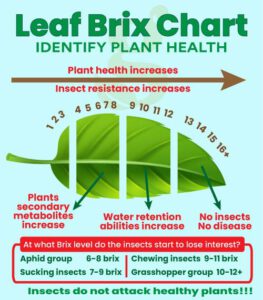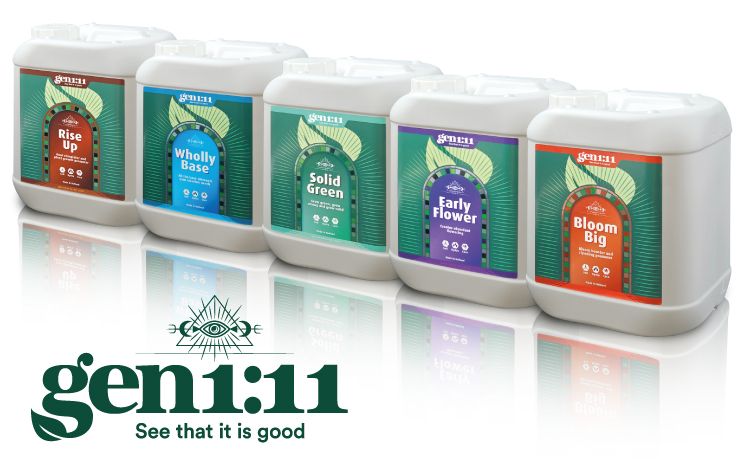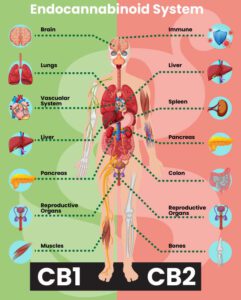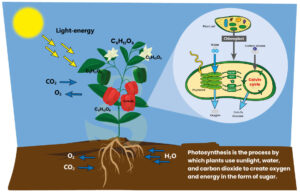
Brix in relation to crop health and quality
Brix in relatie tot gezondheid en kwaliteit van gewassen. De zoete wetenschap van Brix. Brix in relatie tot gezondheid en kwaliteit van gewassen. Brix-waarde verwijst
More yield from better quality
All in just 5 products
25+ years of fertilizer experience
Better and cheaper
Easy to use
Today's knowledge may be outdated tomorrow. New discoveries, insights and applications always make room for improvements. Improvements in the use of the products, improvements for more revenue or the improvements of a better quality product. Science is infinite. And that is why we will always continue to develop. Looking for new insights, solutions, minute improvements. Everything that we believe is progress. Because sitting still is not an option for us.
Plant nutrients are essential to engage and complete all metabolic processes in the plant. Without the right balanced nutrition, these processes will come to a standstill. The result is an immature and/or unhealthy plant. Or in the worst case the plant may even die. Only when all the essential nutrients are administered in the right quantity will a plant be able to flourish optimally.
An incorrect ratio of nutritional elements can result in damage to the plant. This can even lead to irreparable damage. Boron, for example, is an element that the plant needs in a small amount. It has an important part in several functions. Stability and formation of the cell wall is one of them. But it is also a part of elements that are important in the transport of energy in the plant. So Boron is essential in small amounts. But an overdose of Boron can cause the plant to die.
Nutrients interact with each other and leads to a change in the availability of this nutrient to the plant. There are numerous possible interactions between the various elements. Below is a simplified version of the Mulder Chart. In it, various interactions are shown.
AntagonismIncreased addition of a particular nutrient may affect the absorption of other nutrients by the plant. This element then becomes less available.
An increased (N) Nitrogen content can reduce the availability of (K) Potassium, (Cu) Copper and (B) Boron.
An increased (P) Phosphate content can affect the availability of (Ca) Calcium, (K) Potassium, (Fe) Iron, (Cu) Copper and (Zn) Zinc.
Een verhoogde (K) Kaliumgehalte kan de beschikbaarheid beïnvloeden van de opname van (Mg) Magnesium.
An increased (Ca) Calcium level can affect the availability of (P) Potassium, (Fe) Iron, (Mg) Magnesium, (B) Boron, (Zn) Zinc and (P) Phosphorus.
Stimulation: This occurs when the high level of one nutrient increases the plant's demand for another nutrient. For example, an increased (N) Nitrogen level creates a demand for more (Mg) Magnesium. An increased (K) Potassium level increases the demand for (Fe) Iron. An increased (Mo) Molybdenum content increases the demand for (Cu) Copper and (N) Nitrogen.

At the hands of one nutrient, the availability of another is reduced.
High levels of one nutrient increase the demand for another.
In the 1930s, Hoagland developed a solution that came to be called the Hoagland Solution. This solution is still the basis of today's plant nutrition. This nutrient solution provides all the essential nutrients that plants need. With this basis, many nutritional products have been developed. Some have been developed plant-specifically for that one special group of plants. Others are for a more general group of plants. Thus there are products developed for green plants, flowering plants, cacti, succulents, leafy greens, etc..
According to science, we distinguish 16 essential nutrients. The nutrients are grouped according to the relative amount a plant needs of them. Primary nutrients the plant needs the most. Secondary elements less and micro or trace element the least. But this does not diminish the importance the plant places on the elements. Every element is of importance.
The primary nutrients are also called macronutrients. These macronutrients are partly obtained 'for free' and partly come from plant foods. Carbon, hydrogen and oxygen come from 'nature'. Also a part of Nitrogen (N) comes from 'nature' but the vast majority will have to be obtained from plant nutrition. This also applies to Phosphorus (P) and Potassium (K).
The secondary macronutrients are Calcium (Ca), Magnesium (Mg) and Sulfur (S). The plant needs less of these than of the primary macronutrients. But it does need more than the micronutrients.
The micronutrients, also called trace elements, the plant needs only in small amounts. The quantities a plant needs of these elements is mostly plant specific. The micronutrients are iron, copper, boron, zinc, manganese, molybdenum, chlorine, cobalt, nickel, silicon, sodium and vanadium. Not all elements are equally essential for every plant.
The balance of all the elements is what differentiates a quality plant food from a lesser quality one. If a product does not have the balance of primary and/or secondary elements in order then they better go back to 'the drawing board' and redevelop the product. Or do something else 🙂
The Gen1:11 products have been performance tested. Both in practice and at laboratory level. Thorough research and long-term knowledge underlie the development of the products. Besides all known elements Gen1:11 has specialized in adding organic extracts. Organic extracts can enrich the nutrition with organic elements that are forbidden to administer in synthetic form. Examples are salicylic acid or plant hormones such as auxins and gibberellins. The Gen1:11 Organo-Mineral nutrient line is full of organic extracts. A benefit for your plant. Your plant will be more resilient to stress factors. This makes it healthier and will produce a higher quality and production.


Brix in relatie tot gezondheid en kwaliteit van gewassen. De zoete wetenschap van Brix. Brix in relatie tot gezondheid en kwaliteit van gewassen. Brix-waarde verwijst

Het endocannabinoïde systeem begrijpen Een korte handleiding voor CB1- en CB2-receptoren Het endocannabinoïde systeem (ECS) speelt een fundamentele rol bij het reguleren van verschillende fysiologische

Photosynthesis Photosynthesis is the process by which green plants, algae and some bacteria convert light energy into energy in the form of glucose. This process mainly takes place

7 handy tips to prepare for the new garden season Gardening tasks when the spring jitters strike: Spring is a time of renewal and

The development of hydroponic fertilisers through the ages The history of hydroponics is a story of innovation and perseverance, rooted in the quest of the

Creating a successful indoor grow involves more than just light and water. Here are 7 tips to boost your indoor garden.
Brix in relatie tot gezondheid en kwaliteit van gewassen. De zoete wetenschap van Brix. Brix in relatie tot gezondheid en kwaliteit van gewassen. Brix-waarde verwijst
Het endocannabinoïde systeem begrijpen Een korte handleiding voor CB1- en CB2-receptoren Het endocannabinoïde systeem (ECS) speelt een fundamentele rol bij het reguleren van verschillende fysiologische
Photosynthesis Photosynthesis is the process by which green plants, algae and some bacteria convert light energy into energy in the form of glucose. This process mainly takes place
7 handy tips to prepare for the new garden season Gardening tasks when the spring jitters strike: Spring is a time of renewal and
The development of hydroponic fertilisers through the ages The history of hydroponics is a story of innovation and perseverance, rooted in the quest of the
Creating a successful indoor grow involves more than just light and water. Here are 7 tips to boost your indoor garden.
Home » Developing a plant food line is science.

Because growing your own is a craft. It takes time, energy, focus, attention, maybe even love. At your own pace, in your own environment. You are the creator.